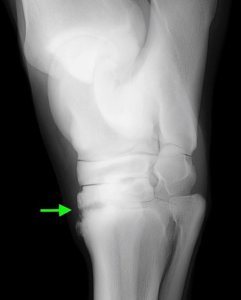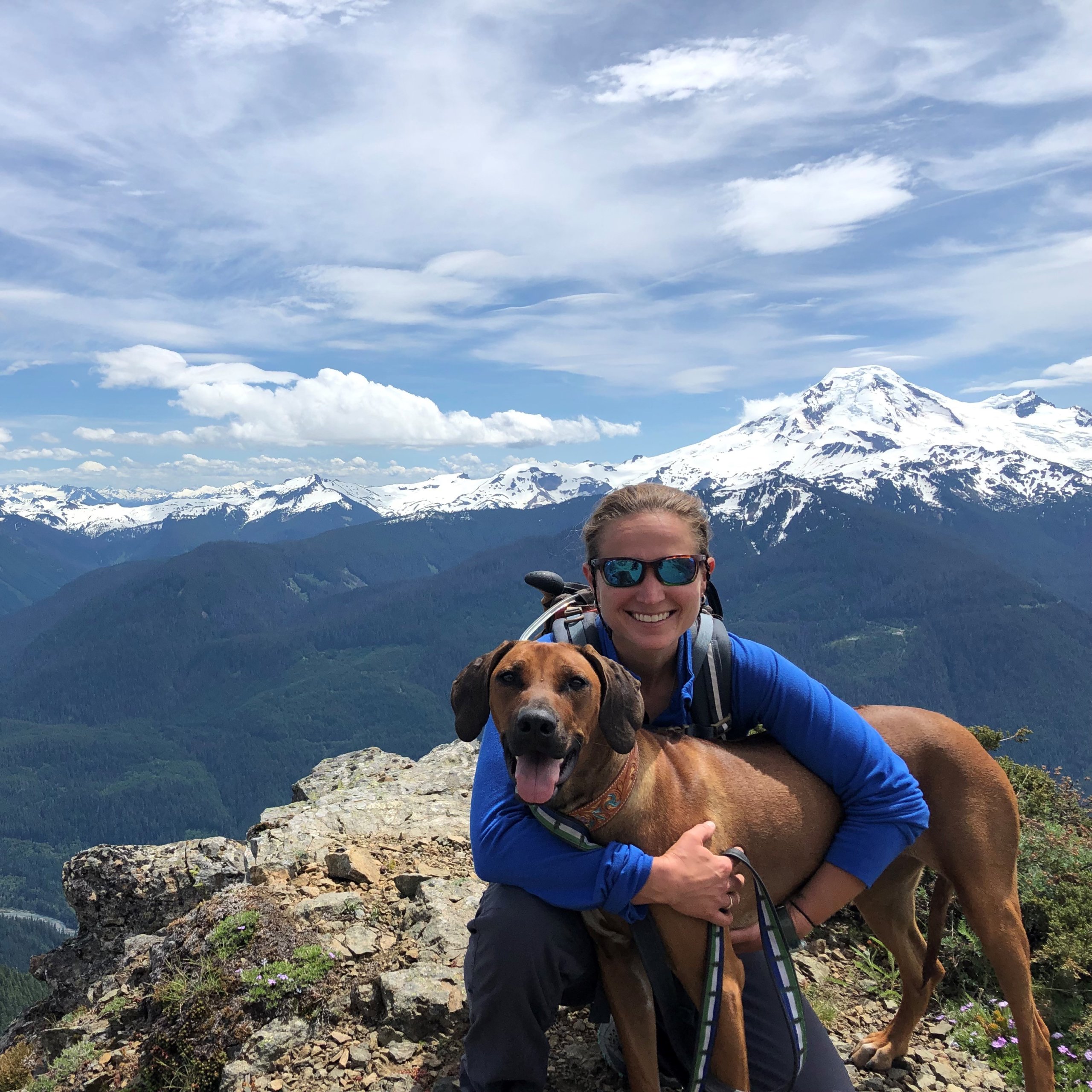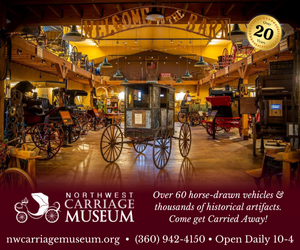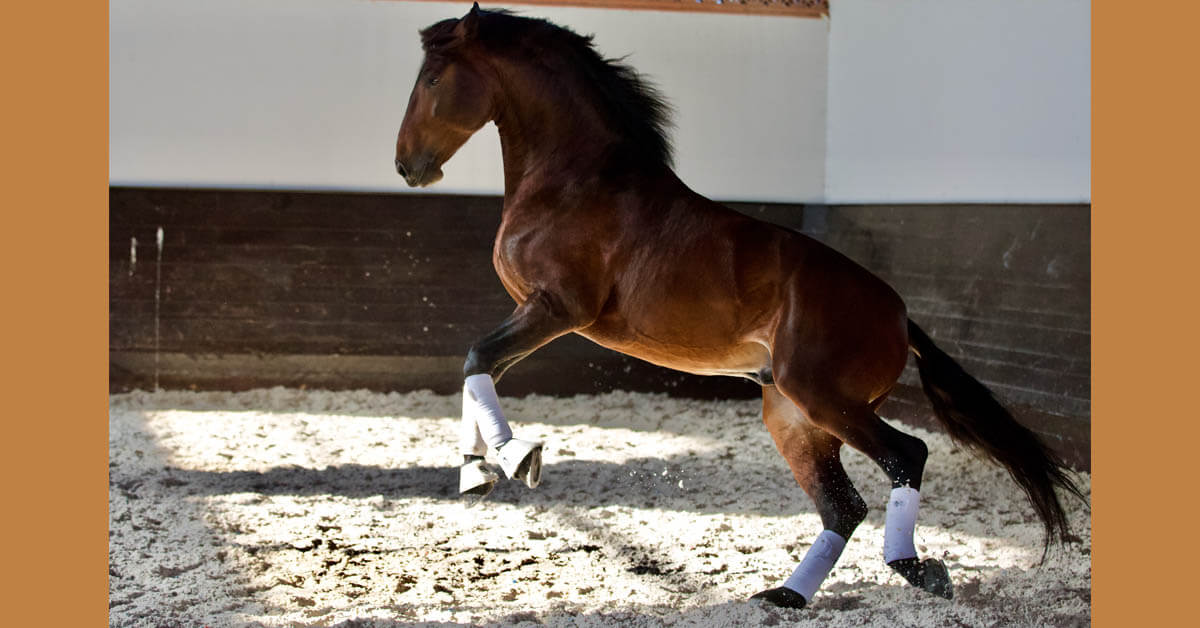The hock joint of the horse, also known as the tarsus, is very important to both hindlimb flexion and rotation. I am frequently asked about hock pain in horses. Pain in the hock can stem from numerous locations around the joint, but also inside the joint.
The hock is comprised of four major joint spaces. The top two are the tibiotarsal joint (TT) and the proximal intertarsal joint (PIT). These two joint spaces are responsible for the majority of the flexion that we see coming from the hock. The bottom two joint spaces are the distal intertarsal joint (DIT) and the tarsometatarsal joint (TMT) and they are responsible for a majority of the rotation that the hock needs to perform during weight baring.
Due to the bottom joints undergoing a large amount of compression and rotational stress during weightbearing, these joints can become easily painful when a small amount of inflammation is present. The distal intertarsal and tarsometatarsal joints are the ones most commonly injected when your veterinarian performs hock injections. This is due to the biomechanics of the joints. Arthritis, or bony changes, in the top two joints generally produce significant lameness due to the high degree of motion within these joints. Pain in the bottom two joints, while performance limiting, is generally not as severe.

Arthritis (joint inflammation) is one way the body reacts to damage. Arthritis increases bone production around the joints when it feels that the joint is “unstable”. This instability can come from chronic inflammation or a previous injury, decrease in cartilage, poor conformation, or even genetics. As bone gets laid down in the joint, it will become more painful. There is a goal for this painful act, and it is complete fusion of the joint. Intraarticular medications at regular intervals can be very helpful to keep the horse comfortable until complete fusion is achieved.
Fusion, or arthrodesis, is the body’s ability to produce enough bone to bridge two joints in a fixed position. This can also be done surgically when the body does not seem to be getting the job done efficiently. The great news about joint fusion in the hock is that it will stop all joint pain and only slightly change the movement of the hind end. In most horses with hock fusion, you would never know by watching them move. Keep in mind that this fusion does produce some mild instability of the upper two joints as now they are semi-responsible for the rotational concussion during weightbearing. However, this is generally not seen as a clinical problem.
Radiographs can show us, as owners and veterinarians, when the joint is likely completely fused. There is no need for further imaging such as CT or MRI, although sometimes those can be helpful at the early stages or in deciding if surgical correction is warranted.
Not all horses with hock arthritis of the TMT and DIT joints will develop fusion. Keep in mind that monitoring progress of arthritis with radiographs will be important in most cases. Contact your veterinarian with any further questions or if you feel this may be happening to your horse.







